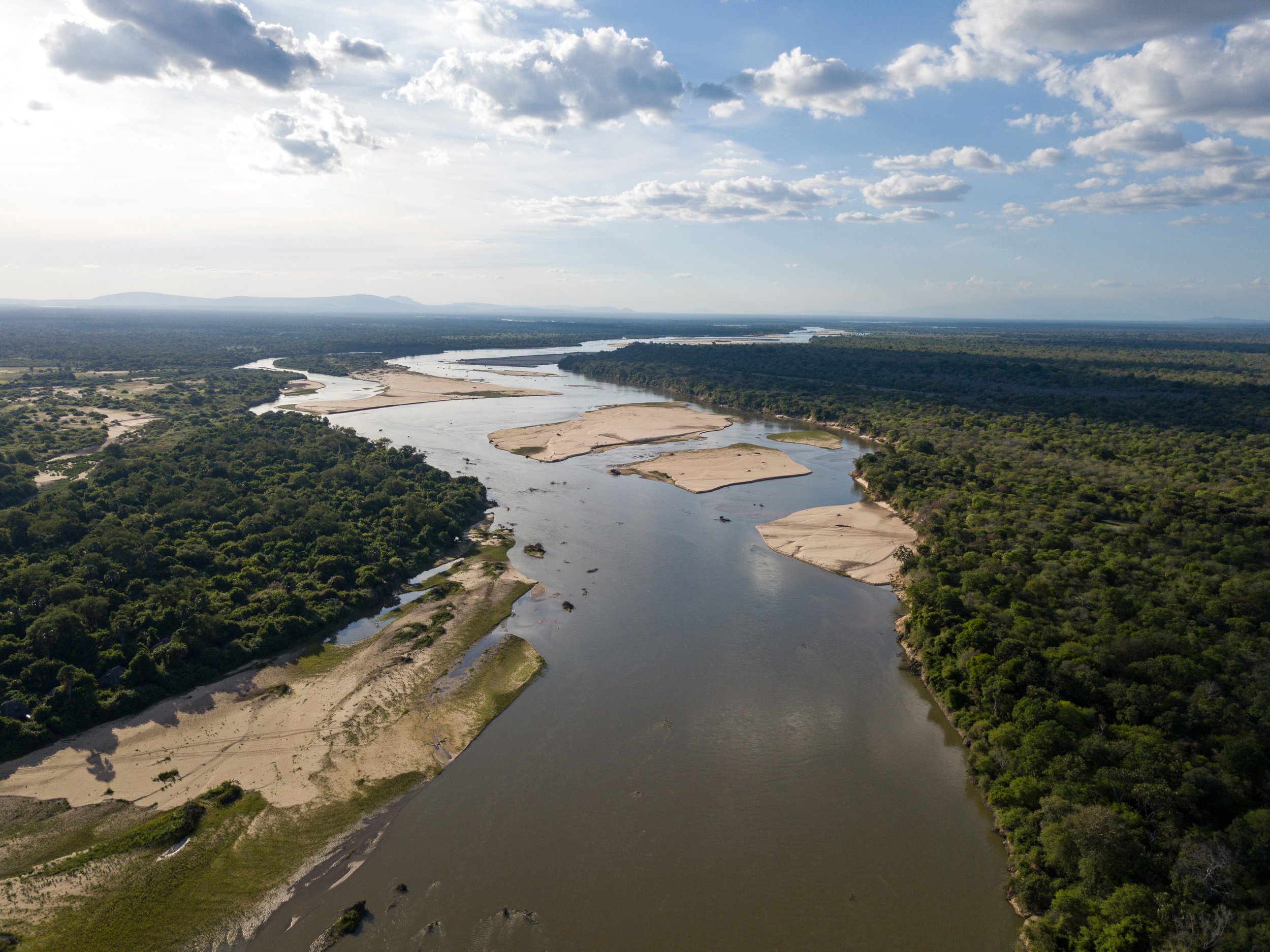
Nyerere National Park & The Selous Game Reserve
Nyerere National Park was established in November 2019, when the legendary Selous Game Reserve was subdivided. As the largest National Park in Africa, Nyerere National Park covers an immense area of over 30,000 square kilometers, roughly 230 kilometers by road from Dar es Salaam.
The surrounding game reserve is still called Selous, named after the renowned hunter, explorer, writer and soldier Frederick Courtney Selous, who was killed during the First World War inside the reserve and was buried near to the spot where he fell (marked by a grave to this day).




Home to some of the most breathtaking wild-wildlife
Nyerere park boasts of the largest concentration of wild animals and a rich collection of wildlife that is abundant and diverse. The fact that this park is new and largely less frequented by tourists means that the animals here tend to be less exposed to humans. Huge populations of hippo, giraffe and elephant, vibrant birdlife and is the last true stronghold for the endangered African wild dog.





